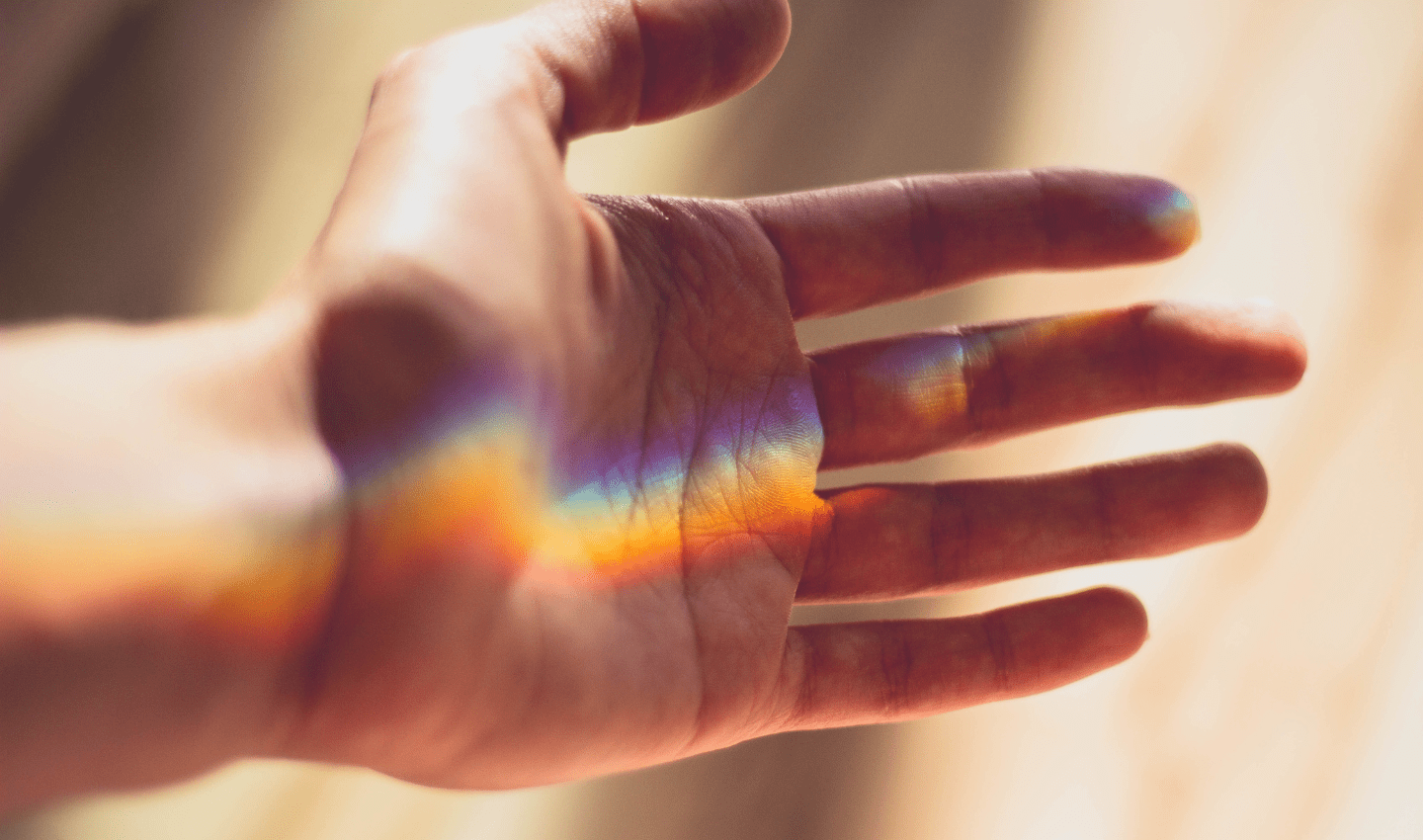- Science: Explained
COP29 outcomes: Wins and disappointments

COP29 finished on the 24th November 2024, after two weeks of tough, technical negotiations.
It was full of colouring books, expensive sandwiches and drama! Let’s break down the COP29 outcomes: the wins and disappointments – and have a look across to COP16 (the biodiversity one) too.
What is COP16? Why are there multiple? What are all the acronyms? Read our explainer here.
Money, money, money.
COP29 was held in Baku, Azerbaijan and was painted as the ‘finance COP’ with the hopes of a climate finance deal being agreed.
Hold up – what is climate finance? Broadly speaking, climate finance refers to any money “that seeks to support mitigation or adaption actions that will address climate change” – UNFCCC (remember what it stands for? Spoiler: United Nations Framework Convention on Climate Change)
Richer countries – often referred to as the Global North (that also includes Australia, Israel and New Zealand) – have emitted the vast majority of the CO2 that is responsible for climate change. As of 2019, the Global North have emitted 2.5 times their fair share of the emissions allowed for 1.5 degrees of warming.

Countries in the Global North industrialised much earlier than the Global South, making a lot of money at the cost of carbon dioxide emissions. It has been called for, and agreed, that the richer countries should provide money to the developing countries, to allow them to develop without emitting so much CO2.
Furthermore, there’s a loss and damage fund to help countries most affected by climate change. Many of the countries most vulnerable to the effects of climate change (sea level rise, droughts, heatwaves, floods, intense storms etc.) are poorer countries.
What were the themes of COP29?
So, what actually happened this year? Let’s explore a few of the themes that came from the COP29 summit this year.
Presents and petrol stations.
Countries have their own stands – as an opportunity for cultural sharing and integration. Many gave out gifts: Georgia handed out some wine tasters, the UK provided coffee.
Go to the Russian stand and you could pick up an ecological colouring book, full of tips for environmental sustainability. Some were slightly cynical, as it was produced by a major fossil fuel company.

Fossil fuels have been present throughout COP29. Azerbaijan, the host country, is a country with 90% of its exports comprised of fossil fuels. The capital, Baku (save that for the pub quiz) houses the very first industrial oil well and was the world’s first oil town (dating back to the 1840s).
For the second year running, COP was attended by more fossil fuel lobbyists than the ten most climate change vulnerable countries‘ delegations combined. The host nation Azerbaijan, next year’s host Brazil and one of the countries competing for COP31 presidency, Turkey, were the only countries with more attending.
Although the 1,773 attendees from fossil fuel companies made up only 1.5% – there were only three countries with more.
Should discussions around climate change happen in the house of the industry most responsible for the damage?
Or does it represent an opportunity to engage and include those most capable of changing our world?
Al Gore said, “It’s unfortunate that the fossil fuel industry and the petrostates have seized control of the COP process to an unhealthy degree.”
Or, as Oil Change International member David Tong said: “It’s like tobacco lobbyists at a conference on lung cancer.”
The president of Azerbaijan made headlines this year describing oil and gas as “a gift from God”. This was denounced by a multitude of faith groups. And the Brazilian environment minister Marina Silva said: “We should take care in moderation of the gifts we are given – if we eat too much sugar, we get diabetes.”
A report published during COP highlighted that eight fossil fuel companies had paid at least $17.6 million to Meta (which owns Facebook and Instagram) alone for pushing their posts – 700 million impressions, all within the last year.

Activism has always been a big part of COP.
It presents an opportunity to make voices heard by the decisionmakers and gives a platform to send big messages.
Attendees of the COP29 summit were welcomed by a realistic, full-sized model of a dead sperm whale on the waterside in Baku. Created by Belgian art collective Captain Boomer, the piece hopes to highlight “the disruption of our ecological system”.
In the run-up to COP29, the cop29.com website was acquired by Global Witness, which called for fossil fuel CEOs to pay for the damage they have done to the climate.
There was a protest outside BP headquarters in London, and a number of demonstrations in Baku, including a large snake, with the message “weed out the snakes” – aimed at the fossil fuel attendees.

COP29: Agreements and outcomes.
After two weeks, and running over by 34 hours, COP29 closed with a number of agreements. What did all the sleepless nights in smelly conference halls produce? (at one point the plumbing failed, filling the corridors with the smell of you-know-what).
There were finally some numbers for climate finance – $1.3 trillion per year, needed by 2035. This number is based in the recommendations of the Independent Expert Group on Climate Finance (IHLEG). “At least” $300 billion of this is to come from developed countries. The rest could come from a range of sources including private finance and taxes on cryptocurrency, airplane tickets and the super-rich – known as solidarity levies.
There was no agreement reached on how to take the Global Stocktake from COP28 forward, so it was pushed back to COP30 next year.
Article 6 of the Paris Agreement, describing ‘carbon markets’, was finalised, marking the last element of the Paris Agreement to be completed, although it was not agreed on. This just means that the text has been written, but countries have not yet signed on the dotted line.
The reaction to COP29 has been, optimistically, mixed.
The focus, following on from the expectations coming into COP29 (finance COP), has been on climate finance. The amount pledged by the Global North has come under fire: “A paltry sum” and “a joke” by delegates from India and Nigeria respectively.
However, some took a more positive view. Marshall Islands climate envoy Tina Stege said, “it isn’t nearly enough, but it is a start”. An observer was quoted by the Carbon Brief as saying, “momentum was neither lost nor gained, just maintained” so overall, it achieves “a passing grade”.
UNFCCC (remember what that stands for?) Executive Secretary Simon Steill said:
“This new finance goal is an insurance policy for humanity, amid worsening climate impacts hitting every country. But like any insurance policy – it only works – if premiums are paid in full, and on time. Promises must be kept, to protect billions of lives.”
$300 billion per year, it has been widely agreed, is not enough. But the creation of a deal is a good step and could be enough to spur on the further investment required from private finance and new sources, such as carbon markets and new taxes.

Outside the negotiating rooms.
Beyond the walls of formal negotiations, there were some big developments.
- Indonesia, the 8th biggest emitter of CO2, unexpectedly pledged a complete phase out.
- Mexico was the last G20 country to not commit to net zero, but did during COP29.
- UK and the EU joined 30 nations in an agreement to slash emissions further, specifically targeting methane emissions.
- China’s influence grew in the absence of strong US leadership. It announced the opening of the largest wind farm in the world.
- Some NDCs (Nationally Determined Contributions) announced: UK pledged a reduction of 81% against 1990 levels by 2035. Brazil announced a 59-67% reduction against 2005 levels.
- At COP29, over 70 events were hosted in the dedicated Ocean Pavilion over the two weeks.
What happened at COP16 (the biodiversity summit)?
Just 10 days before the first delegates landed in Baku, COP16 wrapped up in Cali, Columbia. This followed very similar themes. It was focused on money. Specifically, where to find the money required to tackle biodiversity loss and restoration.
The Cali Fund was established and though limited in being entirely voluntary with debated scope, can be a positive step.
Another main objective for COP16 was the updating National Biodiversity Strategies and Action Plans, and unfortunately only 44 countries out of 196 had done so by the end of the conference.
119 countries submitted national biodiversity targets, building on the work of the Global Biodiversity Framework agreed on at COP15.
COP16 formally recognised the importance of indigenous peoples and local communities (IPLCs) to conservation efforts, creating a body to amplify their voices in the CBD.

At COP16, the Ocean was prominent in a way not previously seen.
The Small Island Developing States (SIDS) pushed for progress. The Maldives announced14% protection of their coral reefs with more protection pencilled in. The Azores announced the largest MPA network in the North Atlantic, protecting 30% of its waters.
Parties approved a new process to identify ecologically or biologically significant marine areas (EBSAs) (bet you thought we were done with new acronyms).
This doesn’t guarantee protection but can guide the creation of marine protected areas (MPAs) in areas that will be most effective, including the high seas.
Generally, the progress made for the Ocean was received very positively.
COP29 and COP16: the transition from negotiation to actions.
Awareness, knowledge and respect for the natural world is growing. Frustration at pace of progress is evident throughout the process, from those in the room to those hearing the news. We need to appreciate how far we have come, while also maintaining the push onwards.
What was top of the COPs?
| Tops | Nots |
| Agreement to triple climate finance to $300 billion | Amount falls far short of that hoped by developing countries |
| Carbon markets approved after a decade of trying | Fears of carbon markets being misused in bad offsetting and fraud |
| Cali Fund established | No mandatory contributions – entirely voluntary, no guarantees |
| Loss and Damage Fund should be operational in 2025, and has $730 million pledged | No further progress on last year’s Global Stocktake – phasing out fossil fuels |
| Mexico and Indonesia surprise with net zero and emission cutting announcements | Some countries and parties obstructing progress |
| China announces more voluntary contributions to climate finance |

Brazil has made it clear it intends to make COP30 a “Nature COP”. If it can maintain momentum, COP29 has given foundation for the transition into tangible action.
These big global treaties can feel very far away, and it can seem that there is nothing you or I could do. But we are the key parts of this puzzle. Appreciate every small action you take.
Turn down your heating by one degree this winter – barely enough to notice but saving a lot of emissions.
Be conscious of what you eat – choosing local, seasonal food can be your difference.
Get talking. You are already doing something important – staying informed. Having conversations with other people, making people more aware, is a crucial part of the process. Engage with us! We love to hear the actions you are taking, and we will answer every question sent our way.

































































